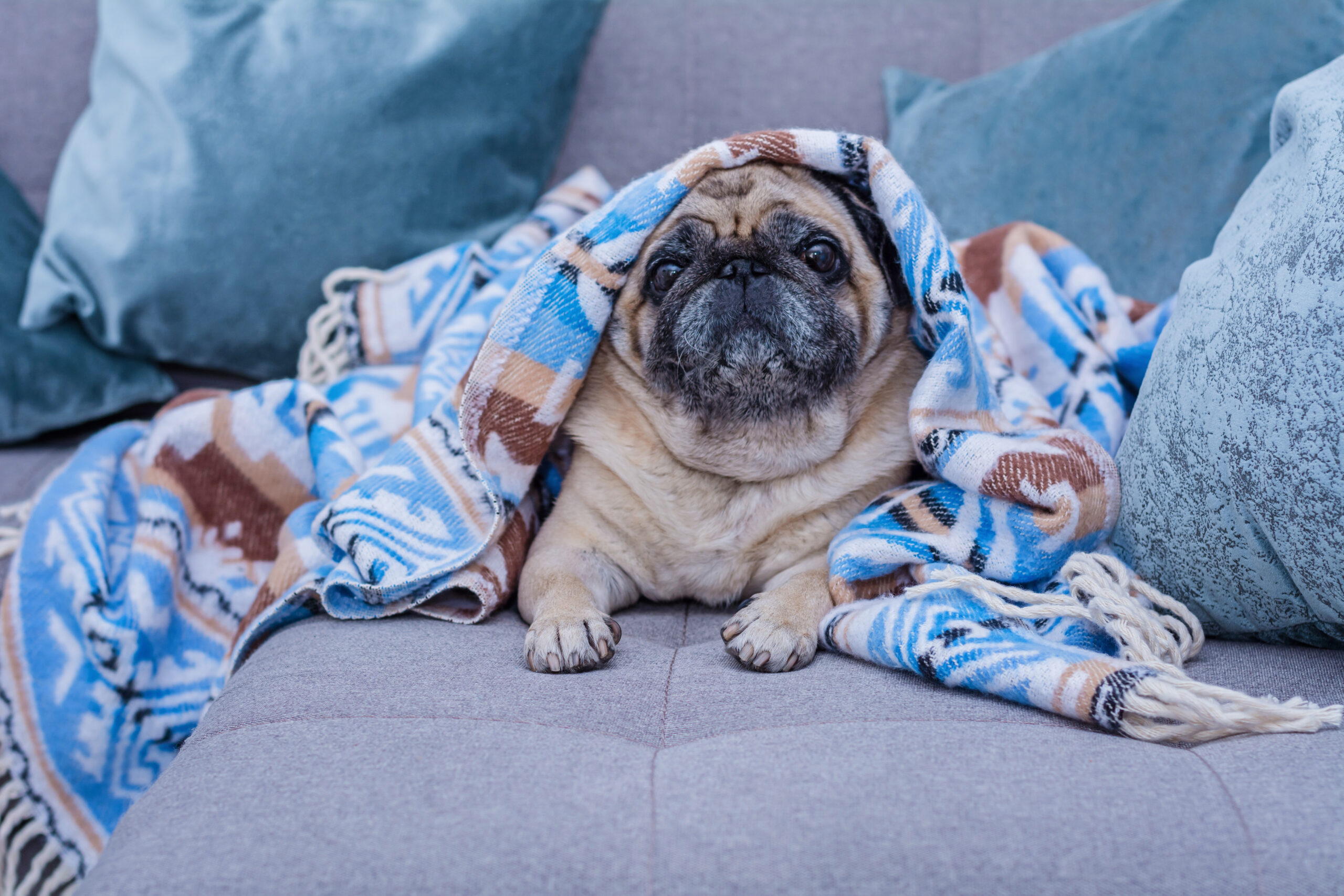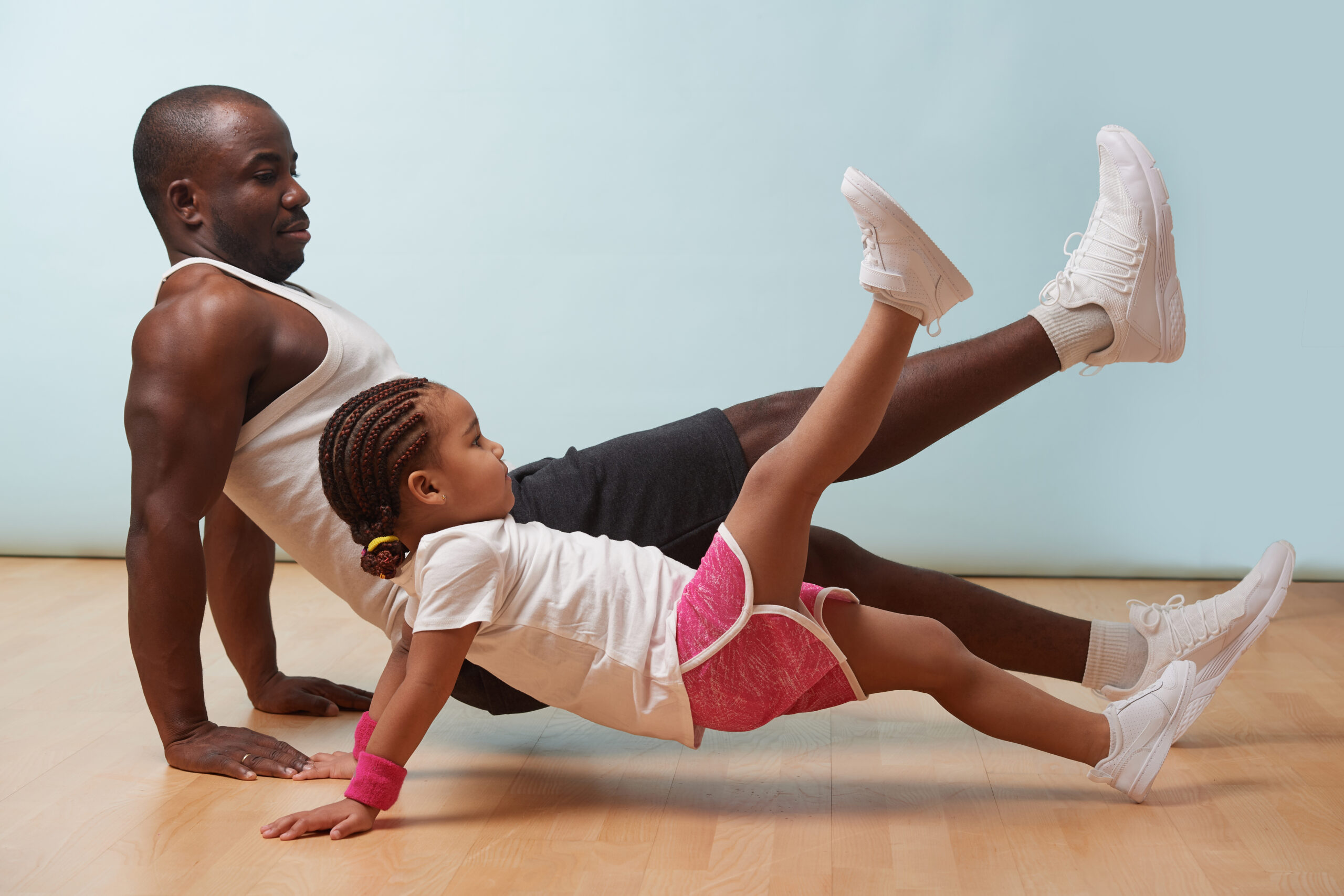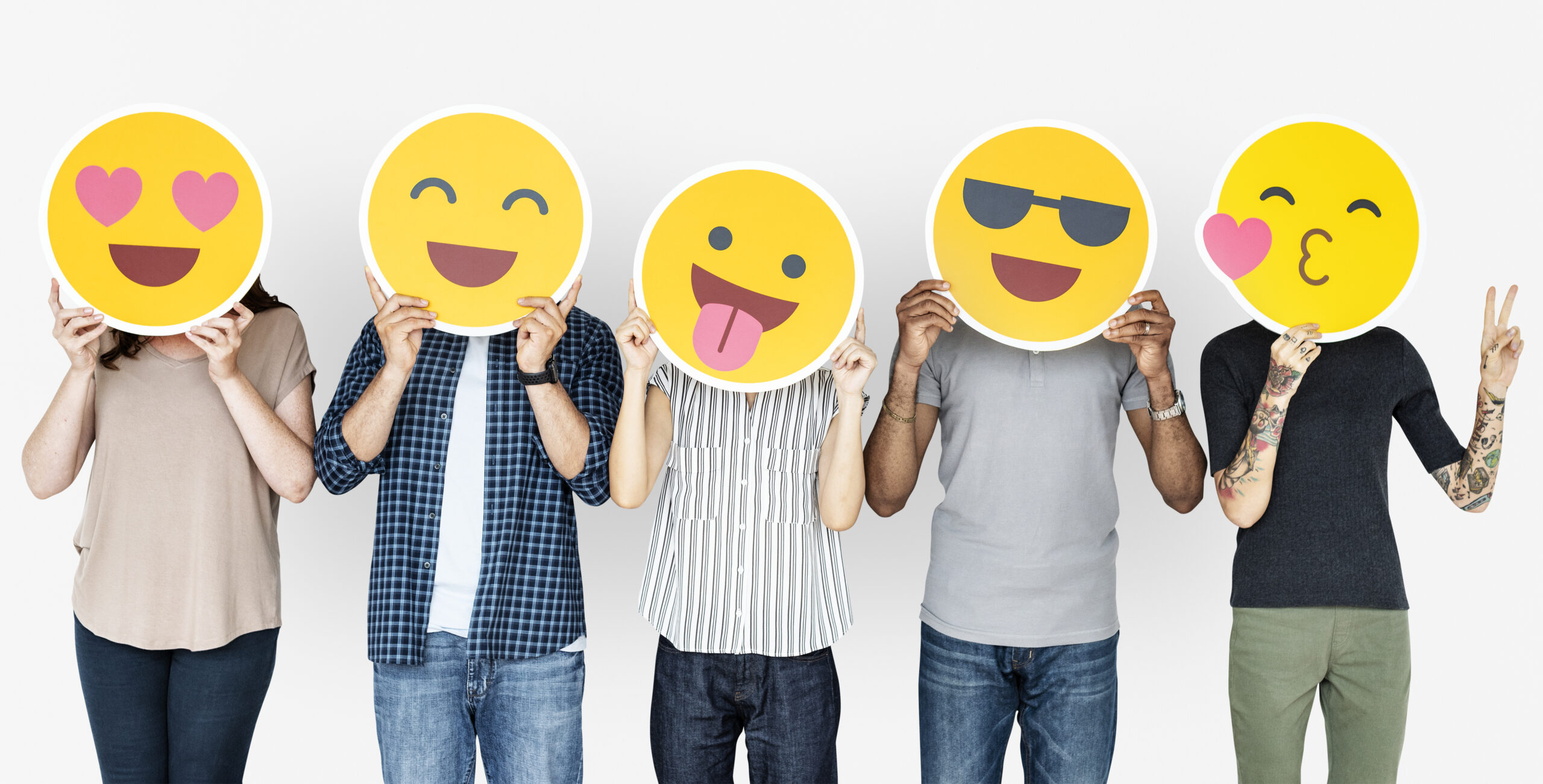
Halloween, Thanksgiving, Christmas, and New Year’s Eve! Fantastic food, friendly fellowship, all objectively ostentatious and adjectively magnanimous moments of the year.
And yet the posthumous period is abjectly oppressive for it’s lack of pinpoints of joy and splendor. Because of this, Seasonal Affective Disorder tends to rear it’s ugly head in the period following the holidays alongside a surge in suicidal ideation. The vacuum of obvious festivities is felt in full, and many people (3% of the general population sans pre-existing mental health disorders and roughly 20% of the population with major depression and/or bipolar disorder) suffer from this variably debilitating issue.
As a layman who does suffer from Seasonal Affective Disorder (SAD), the only guidance I can offer is what I have found to work for myself either through self-experimentation or the leading hand of a mental health professional. These mentions, in addition to some tips gleaned from the ever-helpful internet, are what comes next. It is our belief that helping even a single person; professionally through our abundant knowledge of systems and solutions or personally through our series on Working with ADHD or these newsletter articles; is always worth the time and effort.
Let’s dig in!
 Cognitive Behavioral Therapy with a Mental Health Professional. Per the APA:
Cognitive Behavioral Therapy with a Mental Health Professional. Per the APA:
“CBT places an emphasis on helping individuals learn to be their own therapists. Through exercises in the session as well as “homework” exercises outside of sessions, patients/clients are helped to develop coping skills, whereby they can learn to change their own thinking, problematic emotions, and behavior. CBT therapists emphasize what is going on in the person’s current life, rather than what has led up to their difficulties. A certain amount of information about one’s history is needed, but the focus is primarily on moving forward in time to develop more effective ways of coping with life.”

- Light Therapy. Per Mayo Clinic:
“Light therapy is thought to affect brain chemicals linked to mood and sleep, easing SAD symptoms. Using a light therapy box may also help with other types of depression, sleep disorders and other conditions.”

- Food! Eating correctly to accommodate the symptoms of SAD is an incredibly useful tool; I do this myself both to combat depression AND to try and keep off winter weight gain (which will inevitably lead to more depressive thinking, in my specific case). Foods that can prove helpful are: Dark chocolate (at least 70%), fish with high counts of omega-3 fatty acids and vitamin B12, dark green leafy veggies, fermented foods/Greek yogurt (gut health is more impactful than you may realize on keeping SAD and general depression in check!), and anything high in antioxidants, keeping free radicals in check!

- Keeping active, keep moving! The winter is the perfect time to develop an in-house gym of sorts. Keeping your activity high will help to alleviate some of the symptoms of SAD. Motivation is a factor, of course…I can tell you that motivating yourself to develop a fitness routine in the grips of SAD is tough, but it’s not impossible. Best method I’ve found? Stop sifting social media for perfect bodies and Influencer-adjacent solutions and instead look to the real world for influence. I tend towards the sub-Reddit Fitness for 30+ (r/fitness30plus) for motivation, real people with real bodies and achievable routines, as well as great support!

- Lastly, a less…obvious method? Spending time with friends and family, virtually or in-person dependent on your given situation. While fellowship can always be useful for lifting a mood, it’s also helpful in developing a baseline…and when you deviate due to SAD? Your friends and family will be the first to notice, and the first to help! Don’t discount this method, as it’s saved more than a few people from the deeper grip of major depression.
There you have it! 5 ways to help combat SAD and turn that frown upside down. Make it…HAPPY. Umm…H-A-P-P-Y. Have. Have A. Have A Perfectly. A Perfectly Pleasant. Year. Yeah, Have A Perfectly Pleasant Year, ya’ll!

Sources:
https://www.apa.org/ptsd-guideline/patients-and-families/cognitive-behavioral
https://www.apa.org/topics/depression/seasonal-affective-disorder
https://www.mayoclinic.org/tests-procedures/light-therapy/about/pac-20384604
https://www.reddit.com/r/fitness30plus/
